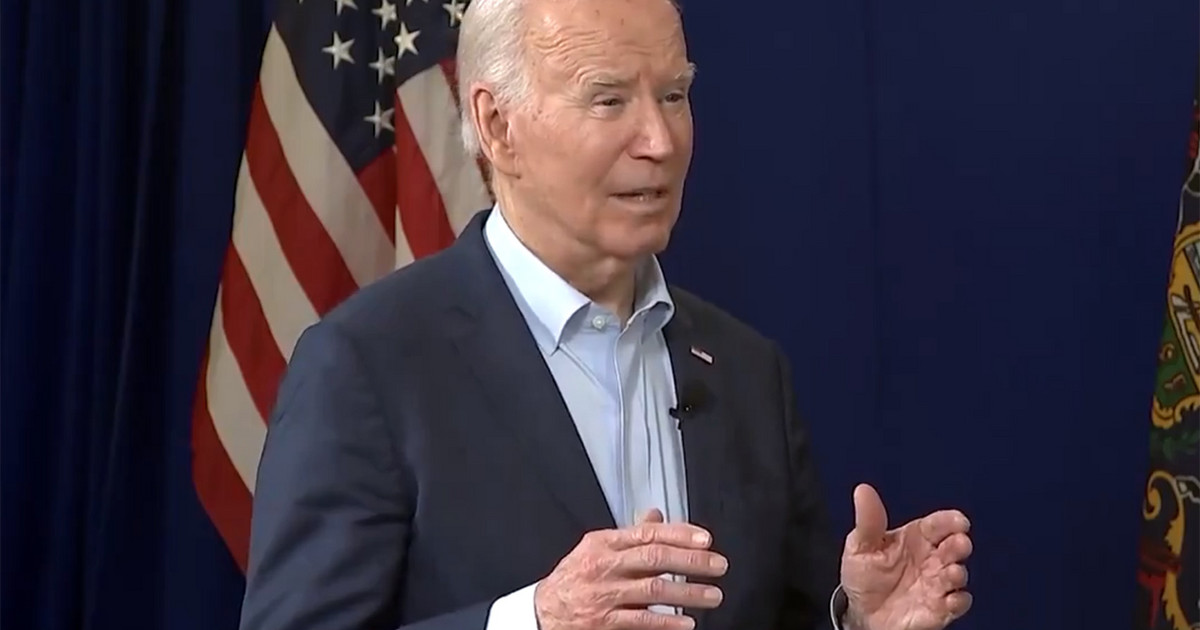The H3N2 strain of the influenza virus has caused an increase in the number of flu cases in several Brazilian states in recent weeks. Two states, Rio de Janeiro and Paraíba, face an epidemic situation. Another five states are experiencing an outbreak of the disease, including Espírito Santo, Rondônia, Rio Grande do Norte, Goiás and Pará.
One of the hypotheses for the increase in cases in the country is that the Darwin lineage, found in the analyzed samples, is not included in the composition of current vaccines in use in the southern hemisphere.
Following the 2020 World Health Organization (WHO) recommendation, vaccine producers have included Influenza strains A/Victoria/2570/2019 (H1N1), A/Hong Kong/2671/2019 (H3N2) and B/Washington 02/2019 (B/Victoria lineage).
On January 4, the Butantan Institute, producer of the flu vaccine adopted in Brazil by the Unified Health System (SUS), informed that the immunizing agent with the Darwin strain is already being developed. The trivalent vaccine is also composed of the H1N1 virus and the B strain. According to Butantan, the delivery of batches of vaccine to the federal government must be made between March and April.
cross protection
Tests carried out by Butantan showed that the current vaccine, in use in the country, proved capable of providing protection against H3N2 influenza (Darwin), even without the strain in its composition.
“The vaccine we have today has a cross-protection against Darwin, less than the specific vaccine, but it does. We saw this in the reagents we use in quality control, in reactions in vitro. Reagent from the previous strain reacts like a new strain. So there is this possibility, this level of protection”, said Ricardo Oliveira, production director at the Butantan Institute, in a statement.
Basic care helps prevent Covid-19 and the flu:
Cross-protection can occur mainly when an immunizing agent contains in its composition a strain similar to the one to be protected. Although influenza viruses evolve over time, similar structures are maintained in this process.
Influenza viruses contain proteins essential for the ability to infect called hemagglutinin (H) and neuraminidase (N). There are at least 18 subtypes of hemagglutinins and 11 subtypes of neuraminidases described by science.
According to Butantan, the immunizing agent is a viable alternative for protection against the strain of influenza that has been causing outbreaks across the country until the updated vaccine is available.
(With information from Giulia Alecrim, Julyanne Jucá and Beatriz Araújo, from CNN, and the Butantan Institute)
Reference: CNN Brasil






